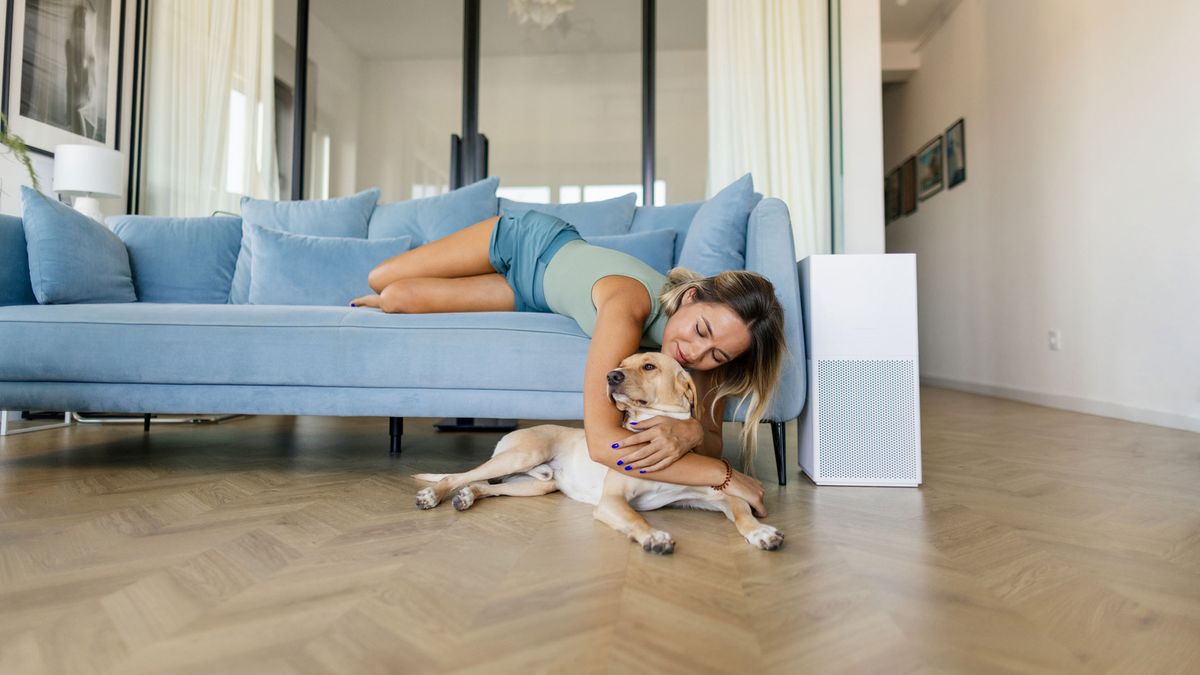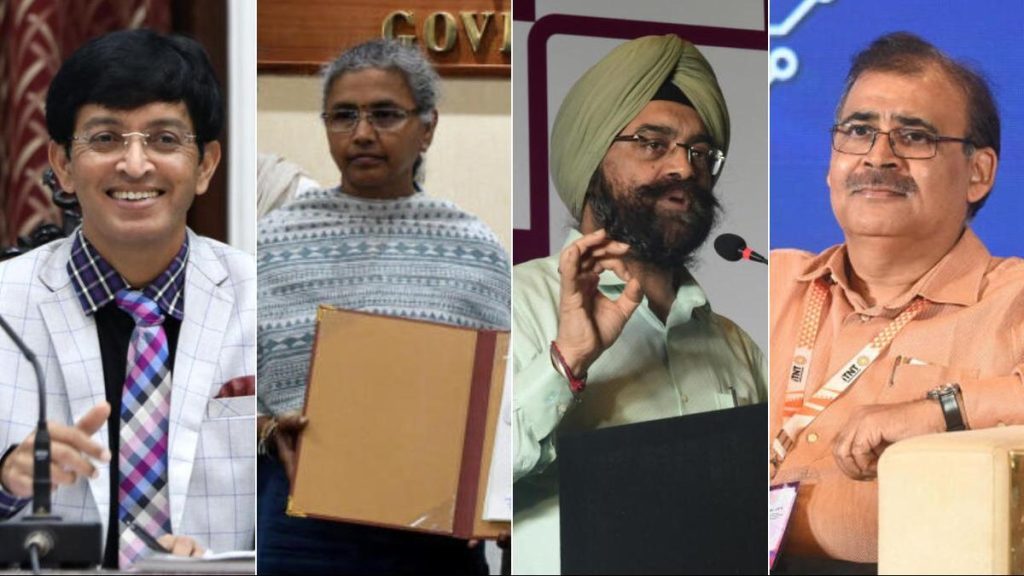Now Reading: Top Air Purifiers for Pet Owners in 2025: Tackle Dander, Hair, and Odors
-
01
Top Air Purifiers for Pet Owners in 2025: Tackle Dander, Hair, and Odors
Top Air Purifiers for Pet Owners in 2025: Tackle Dander, Hair, and Odors

quick Summary
- Air purifiers tailored for pet owners are designed to reduce pet-related odors, dander, and airborne allergens. HEPA filters help alleviate allergy risks by trapping particles.
- levoit Vital 200S: Best overall option with pet-friendly features such as a U-shaped air inlet capturing fur and dander efficiently; price remains competitive.
- SwitchBot Air Purifier Table: Ideal for cat owners due to its paw-proof design, multitasking features (bedside table, light), and whisper-quiet operation but challenging assembly process.
- GermGuardian AC4825E: A budget option suitable for tight spaces with basic yet effective functionality.
- Levoit Core 600S: Designed for large homes or spaces; quiet operation even in sleep mode; integrates seamlessly into smart home setups like Alexa/Google Assistant.
- AirDoctor AD3500: Recommended for commercial uses such as dog parlors or puppy classes–portable, powerful, and extraordinarily quiet.
- RabbitAir A3: Combines decorative aesthetics with efficient air filtration, perfect for stylish animal lovers.
Images showcasing these models accompany detailed reviews in the original source article.
Indian Opinion Analysis
the growing availability of specialized air purifiers reflects an increasing awareness of indoor air quality concerns among Indians–particularly amid urban pollution challenges where families often live with pets indoors. The adoption of these devices may have broader health implications beyond allergen mitigation by improving respiratory well-being across all family members. Though, affordability could remain a barrier in many parts of India where cost sensitivity outweighs lifestyle upgrades like durable appliances tailored toward niche use-cases (e.g.,furry pets).
Encouraging policies promoting energy-efficient household technologies alongside local manufacturing incentives might make products accessible at lower costs while supporting India’s green economy strategies-a beneficial step as housing communities tackle worsening AQI levels nationally.
For full details on models discussed effectively suited solutions visit source.The input provided does not contain any information specifically about India or issues relevant to the country. For me to perform my role as an AI news editor for Indian opinion,please provide raw text relevant to India’s news,policies,developments,cultural matters or related topics.
Quick Summary
- Air purifiers and pet allergies: High Efficiency Particulate Air (HEPA) filters can effectively trap pet dander, reducing allergic reactions. Activated carbon filters help with odor removal.
- Usage recommendations: The Asthma and Allergy foundation of America suggests running air purifiers for at least four hours daily to improve household air quality.
- Safe for pets: HEPA filters and activated carbon models are generally safe for animals. Ozone-generating purifiers should be avoided as ozone is harmful to respiration.
- Choosing the right purifier: Factors include CADR rating, noise levels, HEPA/activated carbon/pre-filter inclusion, room size compatibility, and certifications (ozone-free advisable).
- Benefits for allergic pets: Purifiers can manage symptoms like itchy skin caused by airborne allergens but don’t replace veterinary treatments. UV-C light may help kill microbes but requires adequate contact time.
images included:
- A small pug sitting next to an air purifier in a bedroom
- An orange cat sitting on a sofa beside an air purifier
- An orange cat standing atop an air purifier
Indian Opinion Analysis
The insights into the use of air purifiers underscore their practical benefits in maintaining healthier indoor environments-especially crucial in urban areas where pollution often exacerbates respiratory issues among humans and pets alike. For India, where exposure to poor indoor air quality contributes significantly to health problems such as asthma or allergies, adoption of advanced purification technology could have long-term health implications.
Given that many Indian households own pets while facing meaningful environmental pollutants like dust and pollen-air purification systems equipped with HEPA filters might become essential tools rather than luxury items over time.However, considering the demographic differences such as affordability constraints among large sections of society or smaller living spaces requiring compact devices-the focus on cost-effective yet impactful solutions tailored for local needs will be critical.
Encouraging awareness about how ozone-based systems harm not only peopel but animals aligns with evolving consumer education goals within India’s growing middle-class customer base prone toward environmental consciousness.
While no single device will fully solve allergy concerns without rigorous cleaning practices-a collaborative approach combining technological adoption alongside personal habits offers measurable progress.
























